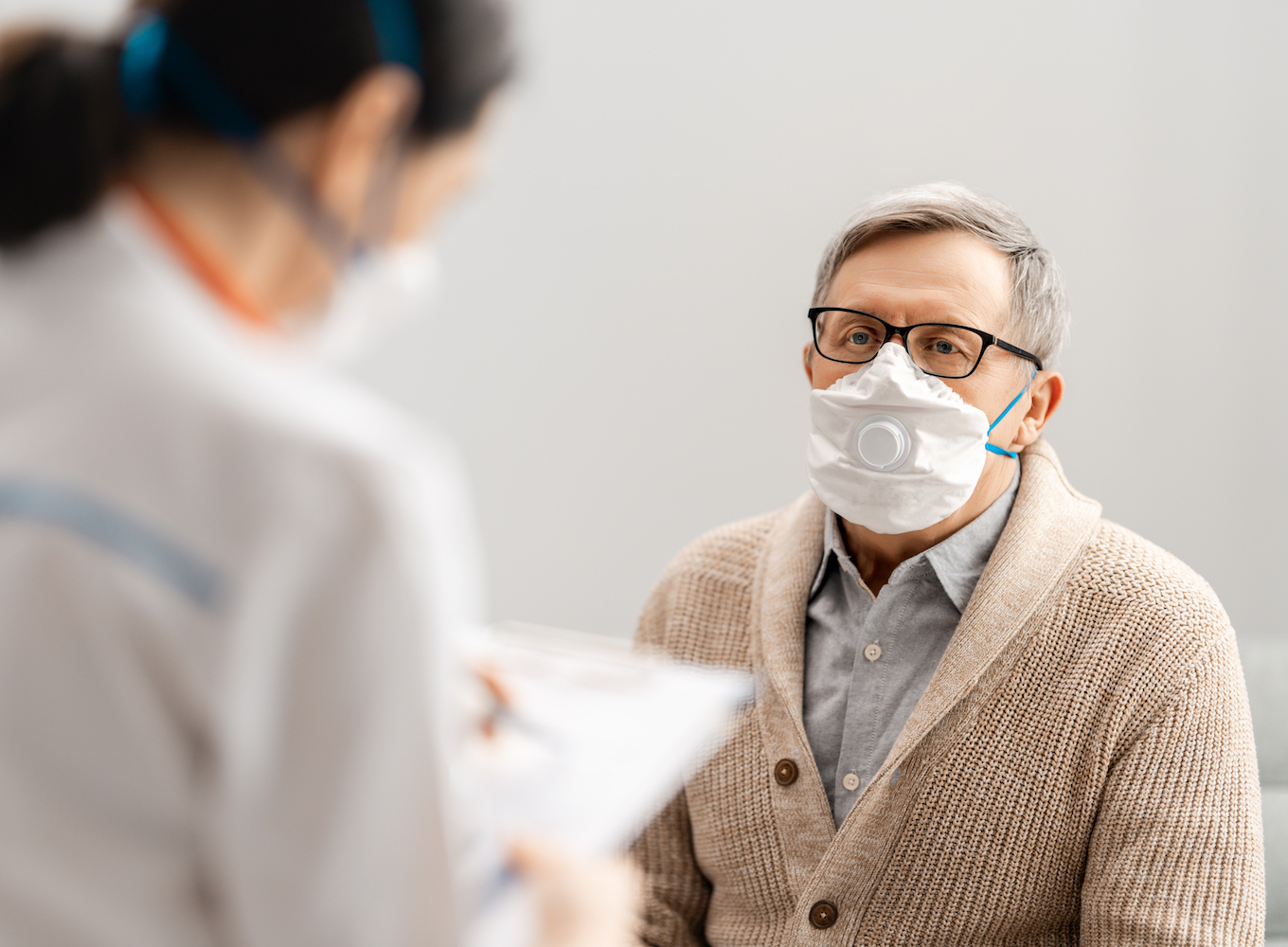Increased Mortality Rate among COVID-19 ARDS Patients with Severe Vitamin D Deficiency

From Grassroots Health
Vitamin D plays many very important roles in immune health, including immune and inflammation modulating functions directly within the lungs. Cellular models have demonstrated the direct effect of vitamin D deficiency on the tissues within the lungs, which include increased alveolar inflammation, lung epithelial damage, and hypoxia (the deprivation of oxygen to surrounding tissues). One such result is Acute Respiratory Distress Syndrome (ARDS, aka wet lung), a condition resulting from severe respiratory injury or illness, and a major complication and cause of death among those with serious COVID-19 infections.
Many studies are being published showing an association between low vitamin D levels and increased risk and severity of COVID-19 disease. Some studies among vitamin D deficient COVID-19 patients have also shown improvement in symptoms and survival rates with vitamin D supplementation, indicating that replenishing vitamin D is helpful for improving COVID-19 disease outcome. Current available data suggests that avoiding or correcting vitamin D deficiency at any point during the COVID-19 pandemic may improve outcomes overall. Regardless of the circumstances, if something important for health is ever found to be deficient, shouldn’t that deficiency be corrected in any case?
81% of COVID-19 Patients with Acute Respiratory Failure Had Vitamin D Levels Below 30 ng/ml (75 nmol/L)
A study recently published by Carpagnano et al. looked at data from 42 hospitalized patients in Italy who had been diagnosed with acute respiratory failure due to COVID-19. Vitamin D levels were measured for each patient and were defined as insufficient (20-29 ng/ml or 50-74 nmol/L), moderately deficient (10-19 ng/ml (25-49 nmol/L), and severely deficient (<10 ng/ml or <25 nmol/L). A normal vitamin D level was defined as 30 ng/ml (75 nmol/L) or higher.
81% of the patients with acute respiratory failure due to COVID-19 had vitamin D levels below 30 ng/ml (75 nmol/L); and 24% had severe vitamin D deficiency (≤10 ng/ml or ≤25 nmol/L). When looking at mortality rates after 10 days of hospitalization, it was found that those with severe vitamin D deficiency had a 50% probability of death, compared to 5% among those with a vitamin D level greater than 10 ng/ml (25 nmol/L).
This is a 10 times higher risk of death among patients with severe vitamin D deficiency compared to patients with vitamin D levels >10 ng/ml (>25 nmol/L) at 10 days of hospitalization.
Conclusion by the Study Authors
Carpagnano et al. made the following conclusion:
“Altogether, these considerations support the recommendation that people at risk of influenza and/or COVID-19 consider vitamin D supplementation to raise their 25(OH)D concentrations above 40–60 ng/mL, and that treatment of patients infected with influenza and/or COVID-19 includes higher vitamin D doses.”
Click here to read more from GrassrootsHealth.
SmartTan.com news articles regularly report medical and scientific information to keep you abreast of current events related to UV light. This information is not intended to be used by any party to make unwarranted health claims to promote sunbed usage. Indoor tanning businesses are obligated to communicate a fair and balanced message to all clients about your products and services including the potential risks associated with indoor tanning. Contact your Smart Tan representative to find out more about what you can and can’t say in your tanning salon business.
© 2020 International Smart Tan Network. All rights reserved.
